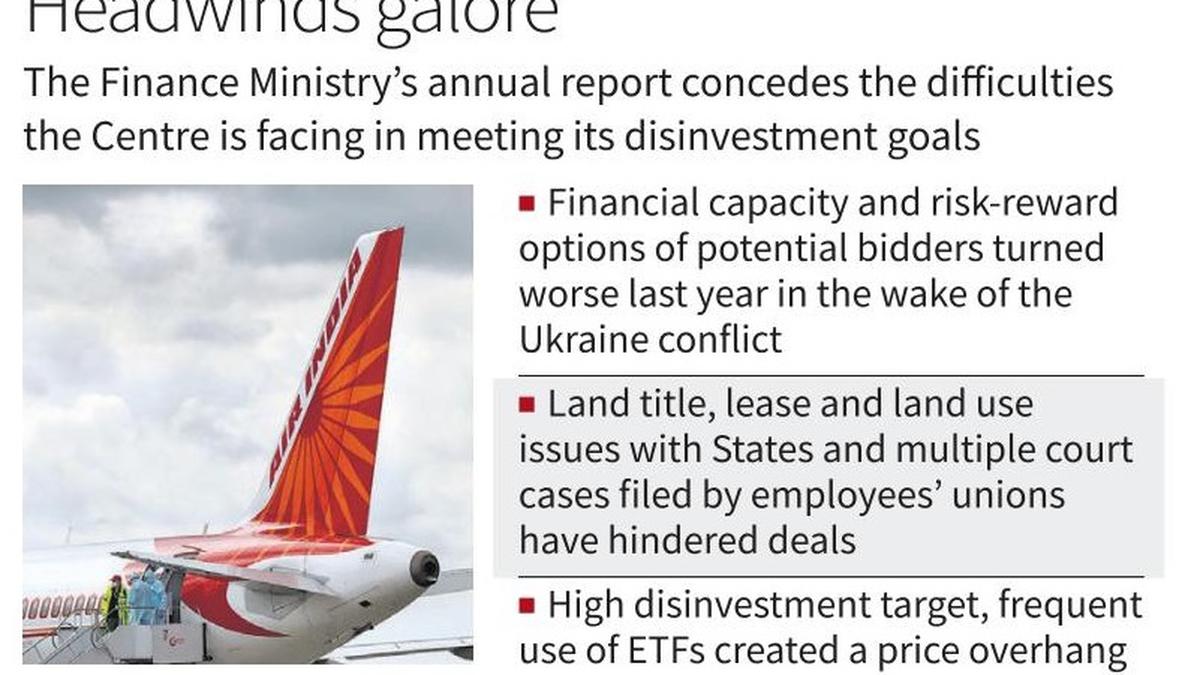U.S. consumer prices accelerated in January as Americans continued to be burdened by higher costs for rental housing, suggesting that the Federal Reserve was far from pausing its interest rate hiking campaign.
The report from the Labor Department on Tuesday also showed the pace of disinflation in the annual consumer price measures slowing last month. Still, the continued gradual slowdown in inflation likely keeps the Federal Reserve on a moderate interest rate hiking path, with another 25 basis points rate hike expected next month.
“Inflation is easing but the path to lower inflation will not likely be smooth,” said Jeffrey Roach, chief economist at LPL Financial in Charlotte, North Carolina. “The Fed will not make decisions based on just one report but clearly the risks are rising that inflation will not cool fast enough for the Fed’s liking.”
The consumer price index increased 0.5% last month after gaining 0.1% in December, the Labor Department said on Tuesday. A 0.7% rise in the cost of shelter, which mostly reflected rents, accounted for nearly half of the monthly increase in the CPI. Monthly inflation was also boosted by rising gasoline prices, which increased 3.6% in January, according to data from the U.S. Energy Information Administration.
There were also increases in prices of food, which rose 0.5% after advancing 0.4% in December. The cost of food consumed at home increased 0.4%, driven by rising prices for meat, fish and eggs. Prices for cereals and bakery goods also rose as did non-alcoholic beverages, but fruits and vegetables cost less.
January’s increase in the CPI was in line with economists’ expectations. Economists said some of the rise in the monthly CPI reflected price increases at the start of the year and expected inflation to retreat beyond January.
The Labor Department’s Bureau of Labor Statistics (BLS) also updated the seasonal adjustment factors, the model that it uses to strip out seasonal fluctuations from the data. Spending weights used to calculate the CPI were also updated effective with January’s report.
The new weights reflect consumer spending in 2021. Housing’s share of the CPI has now been raised, but weights for transportation and food were lowered.
In the 12 months through January, the CPI increased 6.4%. That was the smallest gain since October 2021 and followed a 6.5% rise in December. The annual CPI peaked at 9.1% in June, which was the biggest increase since November 1981.
U.S. stocks opened lower. The dollar slipped against a basket of currencies. U.S. Treasury prices fell.
Goods deflation pauses
The moderation in annual inflation reflects tighter monetary policy, which is weighing on demand, as well as improved supply chains. But it will be a while before inflation moves back to the Fed’s 2% target because of sticky rents and a tight labor market, which are keeping prices for services elevated.
The U.S. central bank has raised its policy rate by 450 basis points since last March from near zero to a 4.50%-4.75% range, with the bulk of the increases between May and December. Economists believe the Fed could lift this rate above the 5.1% peak it projected in December and keep it there for some time.
Excluding the volatile food and energy components, the CPI increased 0.4% after rising 0.4% in December. In addition to the 0.7% rise in owners’ equivalent rent (OER), a measure of the amount homeowners would pay to rent or would earn from renting their property, the so-called core CPI was also supported by higher prices for apparel. OER increased 0.8% in December.
Independent measures, however, suggest rental inflation is cooling. The rent measures in the CPI tend to lag the independent gauges. Healthcare costs fell 0.4%. Excluding food, shelter and energy, the CPI rose 0.2% after gaining 0.1% in December. Prices for used cars and trucks fell 1.9%, while the cost of apparel increased 0.8%. Core goods prices rose 0.1%, increasing for the first time in four months.
In the 12 months through January, the core CPI gained 5.6%, the smallest gain since December 2021, after rising 5.7% in December.
“U.S. inflation is grinding lower, but the still-elevated pace of core price growth will keep the Fed on track to raise rates at least two more times this year,” said Sal Guatieri, a senior economist at BMO Capital Markets in Toronto.





